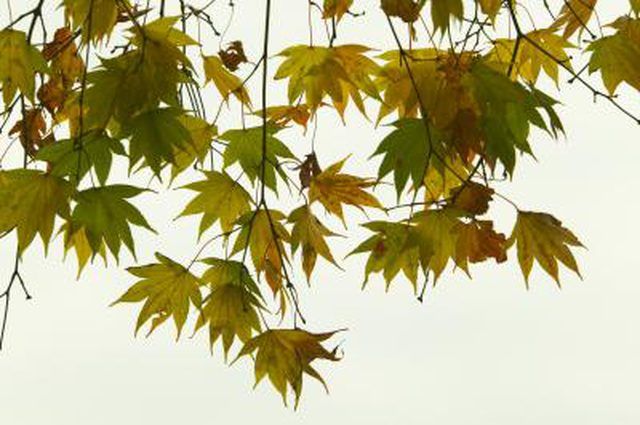Bulbs
Flower Basics
Flower Beds & Specialty Gardens
Flower Garden
Garden Furniture
Garden Gnomes
Garden Seeds
Garden Sheds
Garden Statues
Garden Tools & Supplies
Gardening Basics
Green & Organic
Groundcovers & Vines
Growing Annuals
Growing Basil
Growing Beans
Growing Berries
Growing Blueberries
Growing Cactus
Growing Corn
Growing Cotton
Growing Edibles
Growing Flowers
Growing Garlic
Growing Grapes
Growing Grass
Growing Herbs
Growing Jasmine
Growing Mint
Growing Mushrooms
Orchids
Growing Peanuts
Growing Perennials
Growing Plants
Growing Rosemary
Growing Roses
Growing Strawberries
Growing Sunflowers
Growing Thyme
Growing Tomatoes
Growing Tulips
Growing Vegetables
Herb Basics
Herb Garden
Indoor Growing
Landscaping Basics
Landscaping Patios
Landscaping Plants
Landscaping Shrubs
Landscaping Trees
Landscaping Walks & Pathways
Lawn Basics
Lawn Maintenance
Lawn Mowers
Lawn Ornaments
Lawn Planting
Lawn Tools
Outdoor Growing
Overall Landscape Planning
Pests, Weeds & Problems
Plant Basics
Rock Garden
Rose Garden
Shrubs
Soil
Specialty Gardens
Trees
Vegetable Garden
Yard Maintenance
How to Shape and Train Japanese Maples
How to Shape and Train Japanese Maples. With its dramatic coloring and versatility in shape and size, it's no wonder the Japanese maple (Acer palmatum) is a favorite for landscapers and homeowners who want a little low-maintenance beauty in their yards. The slow-growing tree is relatively small, reaching around 15 to 20 feet high, and responds to...

With its dramatic coloring and versatility in shape and size, it's no wonder the Japanese maple (Acer palmatum) is a favorite for landscapers and homeowners who want a little low-maintenance beauty in their yards. The slow-growing tree is relatively small, reaching around 15 to 20 feet high, and responds to and even benefits from training and shaping. Although minor pruning can be done almost any time of year, any major shaping should be done during the tree's winter dormant season.
Things You'll Need
Japanese maple
Pruning tools
Bleach
Water
Bucket
Wire (if bonsai)
Decide on your shape. Do you want to maintain the tree's natural crown shape? Are you trying to train a bonsai? Deciding ahead of time what you want your tree to look like will prevent mistakes. As the Japanese maple is a slow-growing tree, any major mistakes you make will be visible for a long time.
Disinfect your tools. Prepare a weak (roughly one part bleach to ten parts water) solution. Dip your blades in. This will prevent your tree from becoming infected when you prune.
Start pruning and shaping. Prune the dead leaves and branches first. Prune away the branches that are crossing over another or overcrowding or that are damaged or otherwise weak. Take away the branches that are growing at angles too close to the tree's main leader or trunk; they will eventually crowd out other branches and compete for air and light. Prune the crown to your desired shape.
Don't prune branches too closely to the main branch or leave long stubs that will just die. If you're pruning a tree in an area where there's a lot of traffic, prune away branches that may get hit or damaged by passersby. This will prevent wounding that could result in breakage or stripping and lead to infection.
Pinch leaves back during the growing season to encourage the regrowth of smaller leaves, a technique you might want to consider if training bonsai. When training bonsai, wire the trunk and branches to your desired shape.